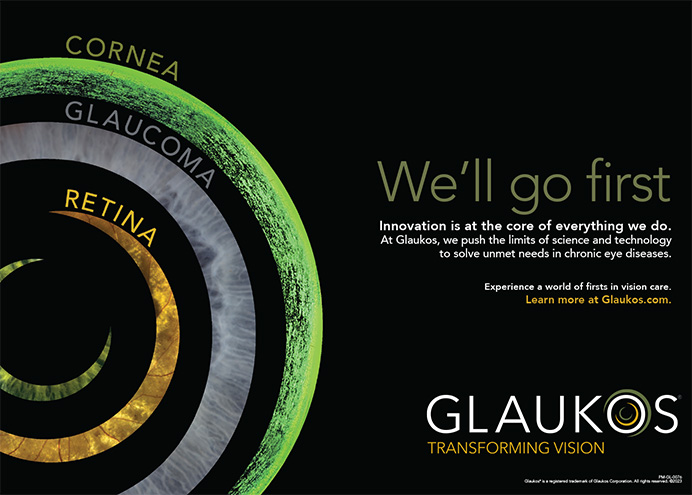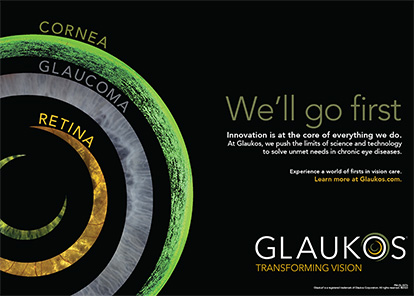When I first came to Salt Lake City, the university did not even have an ophthalmology department. Randall Olson, MD; retinal specialist Mano Swartz, MD; and I were the entire department. Once our ranks “swelled” to four or five, we became an official division in 1985, and after a significant donation from John Moran, our group officially became the John A. Moran Eye Center. We currently boast more than 40 full-time faculty members and receive more than $6.5 million in research grants from the National Institutes of Health each year.
For me, however, charitable work is the most rewarding aspect of my career. The more I read about international issues, the more devastating the reality becomes: 20 million people are blind worldwide from curable cataracts. That is an unacceptable figure.
INTRODUCTION TO GHANA
About 16 years ago, one of my patients of African descent indicated that she was going to Ghana and asked for a donation. When she came back, she let me know that she was returning the next year to build a school, and she asked if I would come, too, because there was such a severe need for ophthalmologists. Although I did not know if I could do anything to truly help, I had been on medical missions to Pakistan and other parts of the world with Orbis and teaching programs sponsored by Alcon Laboratories, Inc. (Fort Worth, TX), so I knew how necessary this humanitarian outreach was.
I made contact with some people at Komfo Anokye Teaching Hospital in Kumasi, located in the Ashanti region; because Ghana was an English colony, there is no language barrier. What struck me was the rudimentary nature of their residency program. I helped on eight cases or so that week—mostly cataract and one glaucoma case—and the local group told me that they typically performed about two surgeries a week. It was painfully obvious that they had a huge need for cataract teaching. There was no one on the staff who was trained in pediatrics, so they were unable to do simple tests, like squints, or test for congenital glaucoma/cataract. There was no subspecialty care.
After I returned to Utah and evaluated the logistics, I convinced our department this was a country where we needed to provide our expertise.
SHARING KNOWLEDGE
I began visiting Ghana every year for 10 days or 2 weeks at a time, and I would bring my fellow with me. We started a liaison with the Komfo Anokye Teaching Hospital, and over the years, we expanded our group to include experts in pediatrics and infectious diseases. Part of our goal was to impart whatever knowledge we could. We taught the local personnel how to deal with acute crises in pediatrics and, because they had no setup for postoperative care, how to keep patients safe before and after surgery with anesthesia. Ghana has only 50 trained ophthalmologists to serve a population of more than 22 million.
When I first started going to Ghana in the mid-1980s, the local surgeons were performing subpar extracapsular cataract extractions. Fortunately, our department made a commitment to create a more organized medical mission, service. There appeared to be a huge need, and we had some great luck: we were able to hire Geoffrey Tabin, MD, to come to Salt Lake City and head up our international work. Already well known for his humanitarian work, with Geoff on board, I was able to get a patient to donate $500,000 to fund our international outreach. In 1998, we officially began our medical outreach work in West Africa. We have worked with Orbis and Fight for Sight, among others, and one of Geoff’s primary causes is the Himalayan Cataract Project.
One of the biggest problems with international missions, is that there is not a lot of organization. Orbis does this a little bit, but the group is limited, because it has to be where the plane goes, and it is a 747. Last year, our group sent teams to Ethiopia, Ghana, Nepal, China, Northern India, Tibet, and Cambodia. Orbis cannot go to many of those remote places simply because the plane is just too big.
With the help of the Himalayan Cataract Project, we send a team more than 2 months in advance of our scheduled mission to help begin screening patients. When I first started going to Ghana, I would arrive on a Monday morning, and there would be a line of 500 people waiting for cataract surgery—with no prior screening or anything. More than 750,000 people in Ghana, the majority of whom are blind, are waiting for cataract surgery. As of 2010, the Himalayan Cataract Project had screened 19,113 patients and performed 1,027 surgeries in Ghana.
In 2009, the now-defunct National Geographic Adventure profiled Geoff’s humanitarian cataract work. The article included a great photograph of a little boy with me. The caption depicted the boy’s words, which were, “you are my brother.” I showed the picture when I was being inducted as the president of the ASCRS, and I became very emotional. That was the first time I have ever not been able to finish a speech. The point is, we are all brothers. That is the bottom line, and once one has traveled overseas and has seen firsthand how the training can help, it is next to impossible not to want to go back. The feeling the work gives me re-energizes me and reminds me why I wanted to be a surgeon in the first place. There is no better reminder I can think of that lets physicians know that what they do makes a difference in the world.
SELF-SUFFICIENCY
Over the years, the team has grown from only five of us serving on these medical missions to more than 100, and from begging the local hospital for OR time to working in a stand-alone eye care facility. One of the developments of which I am most proud is the Komfo Anokye Teaching Hospital Eye Surgery training facility that is on schedule to open later this year. The $1.5 million facility, supported by our department’s US Agency for International Development, is the first of its kind in Ghana. We owe considerable thanks to Geoff and the Himalayan Cataract Project for their work.
I firmly believe the future of eye care services in countries like Ghana lies in training health care workers and ophthalmologists within the local economy and incentivizing them to stay. In Ghana, we have worked with local ophthalmologists Seth Lartey and Peter Osei-Bonsy, who will act as the chairs of the department. They were in the United States for 3 months to learn how we do things, and then they spent 3 months in Nepal and India working with the Aravind centers.
Because of our long history in the country and working with groups like The Fred Hollows Foundation (which supported the new facility with a donation), we are able to sit down with the local health care providers and decide where the need for new equipment is and determine how to provide that equipment. We want this new center to be a center of excellence, where people in Africa can go for cataract surgery. We do not want the local people to have to leave the country to get quality eye care.
This is not a pie-in-the-sky idea; it really can be accomplished. To make these facilities successful, we must identify individuals who will stay. That can be easier said than done; there are numerous logistical difficulties involved in training, retraining, and providing the right kind of incentives to ensure that health care providers want to stay. There are good models to follow, however. The Aravind Eye Care system in India allows surgeons to perform in private practice two half-days a week. If a surgeon can operate on one paying patient who would have gone to Japan or Shanghai to have the operation, that allows him or her to operate on 10 or 11 poor patients who cannot afford cataract surgery. It does not take much, and the surgeon gets paid enough to want to stay local instead of moving to a country with wealthier patients.
CONCLUSION
On occasion, we will find people who have the greatest of intentions and excellent surgical skills, and they truly want to help. When they get to the facility, however, they are so out of their element that they freeze or cannot perform surgery. They may have such technologically advanced skills that they lose their confidence when they are in a much more rudimentary situation.
Although we may not have all the answers, I do think it is best for surgeons new to humanitarian outreach to partner with more experienced providers. Some potential volunteers may be more comfortable donating money so that others can perform the necessary surgeries. If professionals who come on a mission become overwhelmed, they can still perform laser procedures, screen for ophthalmic medical diseases, and teach eye residents some basic skills, all of which are critical to the future needs of the area.
Alan S. Crandall, MD, is a professor, the senior vice chair of ophthalmology and visual sciences, and the director of glaucoma and cataract for the John A. Moran Eye Center at the University of Utah in Salt Lake City. He is a consultant to and a member of the speakers’ bureau for Alcon Laboratories, Inc. Dr. Crandall may be reached at (801) 585-3071; alan.crandall@hsc.utah.edu.


